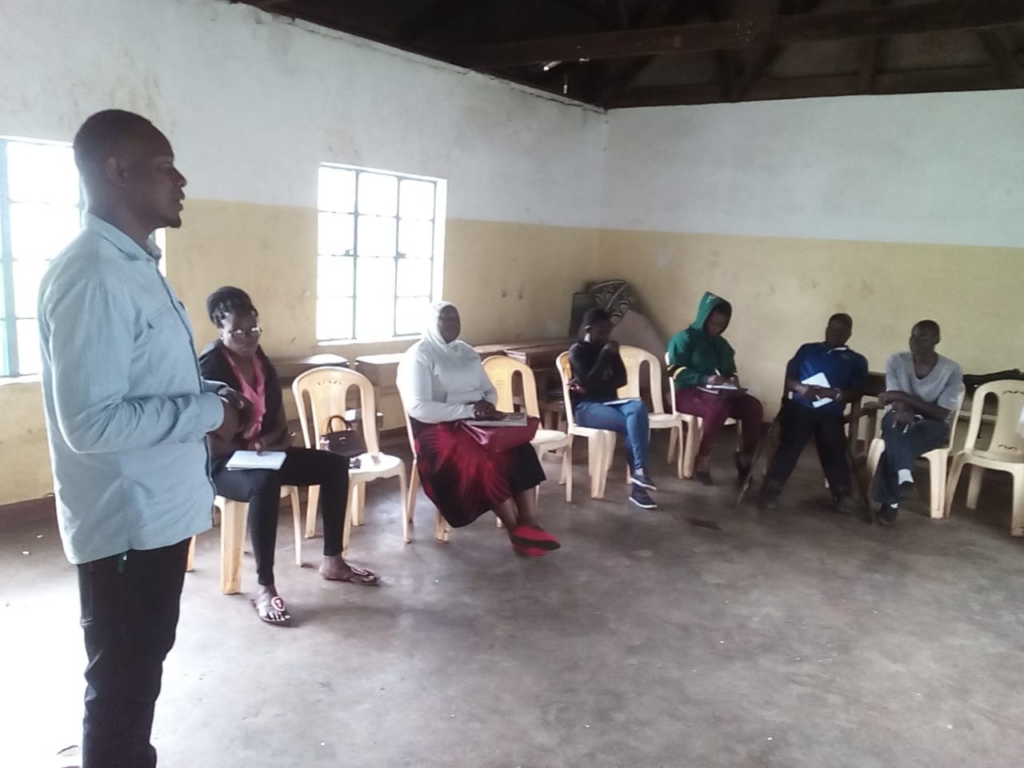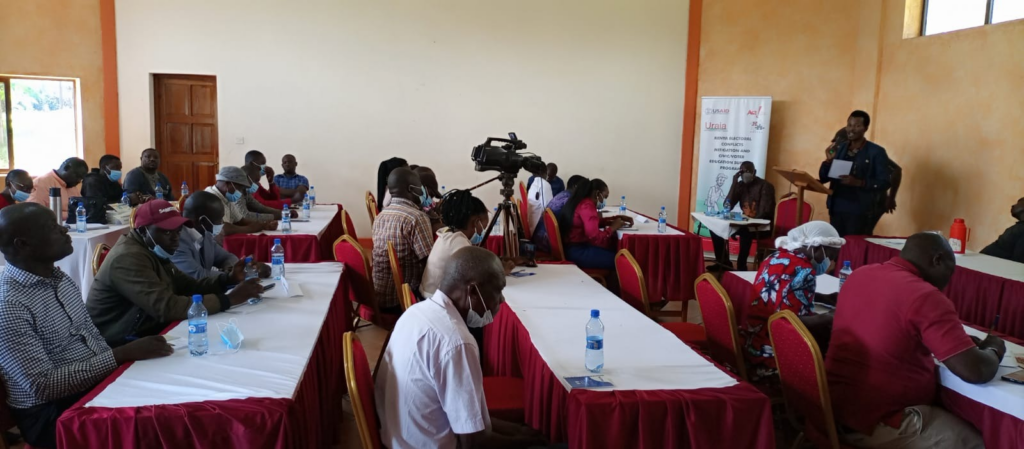On August 9, 2022, Kenyans went to the polls for what was billed as the most competitive presidential election in their country’s history. After six days of tallying votes, Deputy President William Ruto was declared the president-elect, winning with 50.49 percent of the vote. Opposition leader Raila Odinga came in second with 48.85 percent. The significance of this election transcends Kenya and the Horn of Africa. It has implications for JISRA on the context of promoting peace tolerance and good governance. The presidential election had to be decided by the Supreme Court after Odinga rejected the outcome. This came on the back of a statement issued by four IEBC commissioners in which they rejected their chairman’s declaration of the final results and suggested that the process of arriving at these was “opaque.”
The determination by the Supreme Court on the presidential election petition provided a solution to the contest. However, this was a partial solution as a majority of citizens in especially in Migori and Kakamega Counties remained feeling dissatisfied and disenfranchised by both the presidential election outcome and the Supreme Court judgment. This has led to streetwise declarations of apathy in future political discourses and excursion’s locally, much to the detriment of the investments in promoting freedom of religion and belief especially from programs like JISRA.
The lingering effects of the pandemic and the war in Ukraine made life difficult for ordinary citizens during the reporting period. This centered the state of the economy in daily conversations especially the project discourses as well as political debates. The rise in oil prices led to an inflation situation which eventually affected a cross section of citizens in the project area, but more particularly poor and vulnerable. For instance, the price of maize flour, a staple in Kenyan households, rose from Sh150 to Sh200, yet, no income has ever gone up by 33% to protect consumers’ purchasing power. The economic situation had deep impacts on the cost of implementing the project as well as the focus of the project beneficiaries. Some beneficiaries had looked as the project as a possible source for dependence amidst scarce resources. There was also the problem of voter bribery which was accentuated by the depressing economic situation.
Local political conflicts in Migori County were more prominently observed in Suna West Constituency, Kuria West, Nyatike and Rongo. In Suna west, where we had greater project investments, the conflicts which was mainly propelled by two candidates contesting for the member of National Assembly turned violent in certain instances. The conflicts were revolved around ethnicity and clanism and pitied followers of the incumbent member of the national assembly and a former member of parliament for the same constituency. At one point, about ten youths were arrested with crude weapons and prosecuted for intending to cause electoral violence in Suna West.
In Njoro Sub County where CYU is implementing JISRA, the National Cohesion and Integration Commission (NCIC) had released the Conflict Hotspot Mapping Report 2022, which ranked Nakuru County as the second most likely county to experience election-related conflict out of 33 counties. The presence and large number of criminal gangs in the county (the majority of which are reactivated and become lethal during electioneering season), as well as increased political mobilization that tended to take an ethnic angle, threatened peace in the region, resulting in its return to the list.
In Isiolo County, community members adopted the negotiated democracy approach to balance sharing of political posts among themselves and avert violence. The council of elders system operates within the traditional cultural governance institutions where members of the clan negotiate for elective positions. Through the Isiolo County Interfaith Network secretary Bishop Stephen Kalunyu and a section of elders from the community, CYU faulted non negotiated endorsement which would ordinarily leave out minority clans in leadership.
In Kakamega County, Khwisero, Matungu, Malava, Navakholo and parts of Mumias were cited as hot spot areas by IEBC. Independent Electoral and Boundaries Commission committed to ensure that enough security is deployed in the mapped-out areas after a deliberation with interfaith leaders in the county. The interfaith leaders, were integral in calling out on IEBC
His sentiments were echoed by religious leaders in Kakamega County who have in turn asked IEBC to ensure a credible election on August 9. The interfaith leaders were led by Rev Boniface Mbwanga, who is in charge of justice and peace in Kakamega Catholic Church and Sheikh Idris Muhammed, an Imam at the Kakamega Jamia mosque.
| Intra-Religious Pathway | Inter-Religious Pathway | ||
| Lessons Learnt | |||
| What worked well for the activities? | Sustained messaging on FORB issues by the program participants especially on the issue of gender equality and the way the women religious leaders are taking the frontline position in advocating for more inclusion of fellow women in religious leadership | The interfaith celebrations provided a big opportunity for the different religious actors to share and learn from each other. | |
| What were the challenges faced during implementation and how did you overcome them? | Request for CYU to provide support certain activities based on the deliberations within the self-meetings with the intra religious institutions. In some cases, CYU would provide technical support and provide sensitization on FORB issues to the gatherings. Also collaboration with interfaith networks has provided leverage on some requests especially in Isiolo County. | The pace at which elders from respective faith communities understood the intention behind interfaith celebrations was slow while some were adamant. Early planning, sustained sensitization and the advance good will from those who have already participated in the project and understand the goal helped in ensuring that they understood, the purpose, were mobilized and they participated | |
| What were the key learnings from activities? | Promoting interfaith activities provides a big room to advance coexistence and tolerance among diverse faith communities | ||

Kakamega inter religious dialogue meeting

Theatre outreach in Njoro sub-county Nakuru

Joint meeting with civil society organization’s and Migori County Assembly aspirants County

